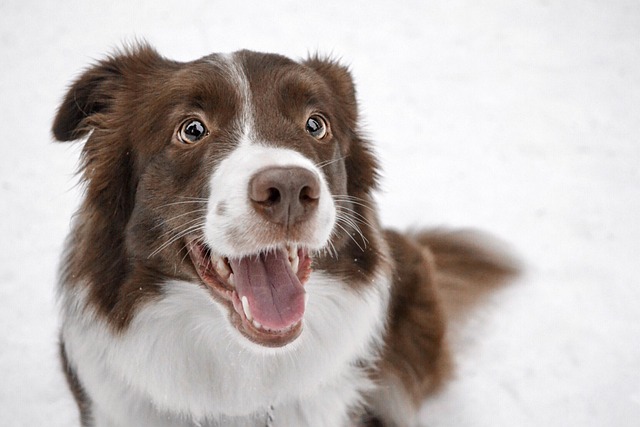
What is glaucoma in a dog?
You might notice your dog squinting more at mealtime or avoiding bright sunlight—these small changes could be early signs of a serious eye condition.
Watching your German Shepherd struggle with pain is heart-wrenching. Hip dysplasia, a common condition in this breed, can sneak up on you if you’re not paying attention. Knowing the early signs could make all the difference in your dog’s quality of life, so let’s dive into what to watch out for.
One of the first red flags is a bunny-hop gait. German Shepherds with hip dysplasia often move their hind legs together instead of alternating them smoothly. It’s like they’re hopping rather than walking, especially noticeable when they run or get up from lying down. This abnormal movement happens because the hip joints don’t fit properly, causing discomfort and making it hard for them to use their legs normally.
Limping or favoring one leg over the other is another telltale sign. You might notice your dog suddenly lifting a hind leg while walking, or putting less weight on it. Sometimes, the limp comes and goes, getting worse after exercise or long periods of activity. It’s their way of trying to avoid putting pressure on the painful hip joint.
 Does your German Shepherd seem less eager to play fetch or go for walks? A decrease in activity level can signal hip dysplasia. The pain makes movement uncomfortable, so they’ll naturally start avoiding strenuous activities they once loved. They might also have trouble getting up on the couch, climbing stairs, or jumping into the car—simple tasks that become a struggle.
Does your German Shepherd seem less eager to play fetch or go for walks? A decrease in activity level can signal hip dysplasia. The pain makes movement uncomfortable, so they’ll naturally start avoiding strenuous activities they once loved. They might also have trouble getting up on the couch, climbing stairs, or jumping into the car—simple tasks that become a struggle.
Muscle loss in the hindquarters is a subtler but significant sign. As your dog uses their hind legs less due to pain, the muscles start to atrophy. Run your hands along their back legs; if you notice a difference in muscle tone or feel that they’re becoming thinner over time, it could be related to hip dysplasia.
In severe cases, you might hear clicking or popping sounds when your dog moves their hips. This is called a “hip clunk” and happens because the ball and socket of the hip joint don’t align correctly. It’s not only a sign of the condition but can also be a source of additional pain for your pet.
If you spot any of these signs, don’t wait. In many areas, local animal welfare laws require pet owners to provide proper medical care for their animals. Delaying treatment not only causes your dog unnecessary suffering but could also lead to legal issues in some places. Schedule an appointment with your vet right away, who can perform X-rays to confirm the diagnosis.
Treatment options vary from medication and physical therapy to, in extreme cases, surgery. There are also community resources like pet insurance that can help cover costs, and local dog owner groups where you can get advice from others who’ve been through similar experiences. Remember, early intervention gives your German Shepherd the best chance at managing this condition and living a happy, active life.

You might notice your dog squinting more at mealtime or avoiding bright sunlight—these small changes could be early signs of a serious eye condition.

Let’s set the scene: It’s a sweltering Phoenix afternoon—105°F outside—and you rushed your 2-year-old Lab mix, Cooper, on a quick walk to “get it over with.”

Let’s get real: You’re in your Miami apartment, watching your 3-year-old Corgi, Loki, struggle to climb the stairs to your second-floor unit.

Many dog owners brush off occasional scratching as just “dog behavior,” but persistent itching often signals something more—like a food allergy.

You might first notice your dog scratching more than usual—chewing at their paws until the fur looks thin, or rubbing their face against the couch nonstop.

Let’s be real: You’re standing in your Chicago apartment, watching your 3-year-old Beagle, Max, huff and puff just to climb onto the couch.